The idea of a monobath is not a new one. If you’ve followed my online work you’ll know I’ve made my own based on a formula first put forward by Donald Qualls back in 2004 based on the HC-110 developer (a favourite of mine). When Michael Raso (of the Film Photography Project) started talking about their own Monobath I didn’t give it a second look (to be honest). While I enjoyed the ease of a single step that will develop, stop, and fix a roll of film a welcome break from the amount of work that goes into developing a roll of film, it felt like cheating. But as I’m a part of the FPP team (yes, I’m Canadian behind the show notes), so when I was offered a bottle of the new FPP Super Monobath, I wasn’t going to say no! I mean, I had seen the online results and they looked a lot better than the ones I got from my one and only roll through HC-M (HC-110 Monobath). Sadly I never worked with the formula beyond that one roll as it got lost in the big shuffle when I moved during the months preceding my marriage.
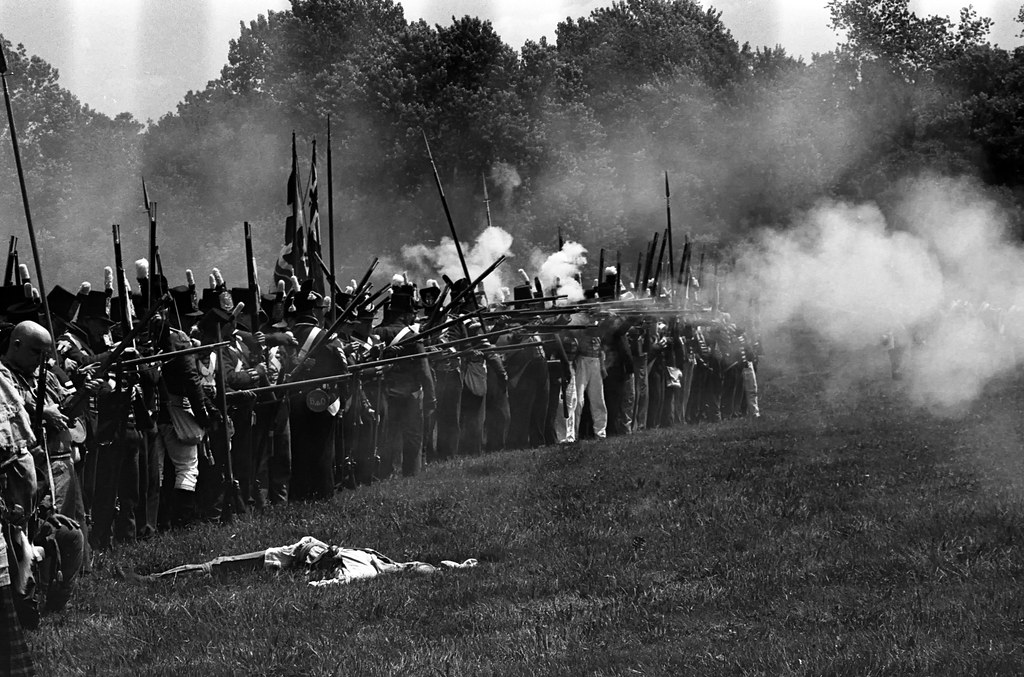
Nikon F2 Photomic – AI-S Nikkor 105mm 1:2.5 – Kodak Tri-X 400 – HC-M (monobath) 10:00 @ 24C
The one thing I liked right off the bat with the FPP Super Monobath is that there was a tested time for my preferred developing temperature, that of 20C or 68F. And it came tested from a couple of trusted sources, that of Leslie Lazenby and Mat Marrash. When the bottle arrived I was neck deep in other things and didn’t have a chance to test it until the summer and I was presented with several rolls to develop and not wanting to whip up a full batch of chemistry that is developer, stop bath, and fixer, I thought, well why not try out thing monobath. And the results, well they are pretty awesome. Thankfully the Film Photography Project has run tests on most of the film stocks available still today fresh and some that are of a more classic nature. So I started off first with a roll that had been tested that of TMax 100. I also tested it through a camera that I was freshly shooting the Maxxum 7000 (also on George Eastman’s Birthday). I can remember exclaiming to my wife how happy I was with the results, blown away was more like it. These results far exceed that of my earlier experiment and the best part was that I could do it all at 20C, so no need for a tempering bath to get it up to the right temperature.
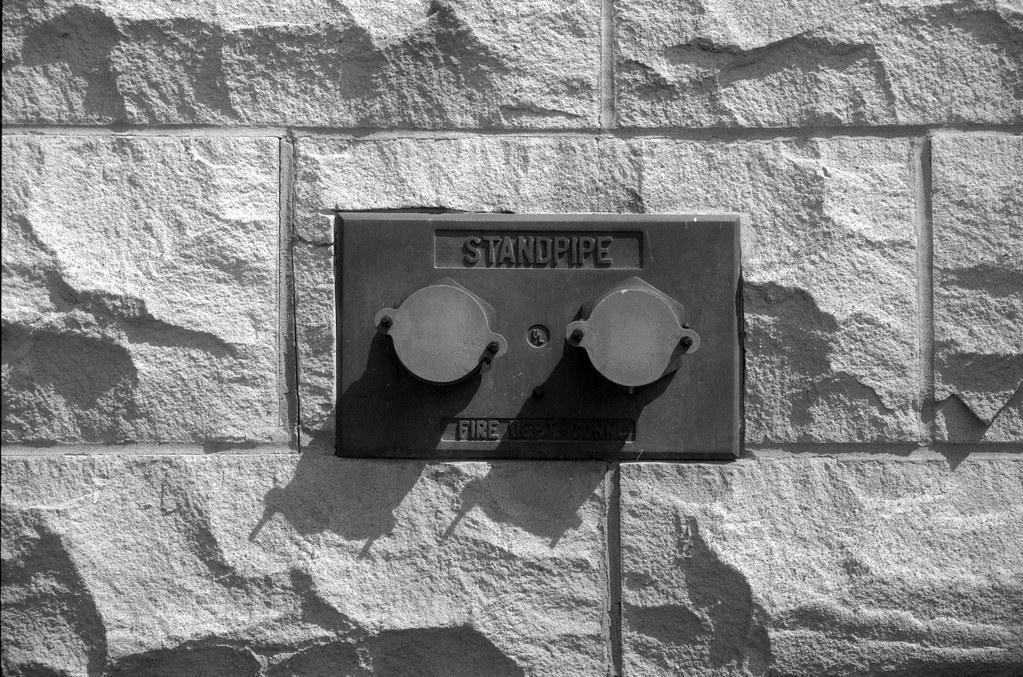
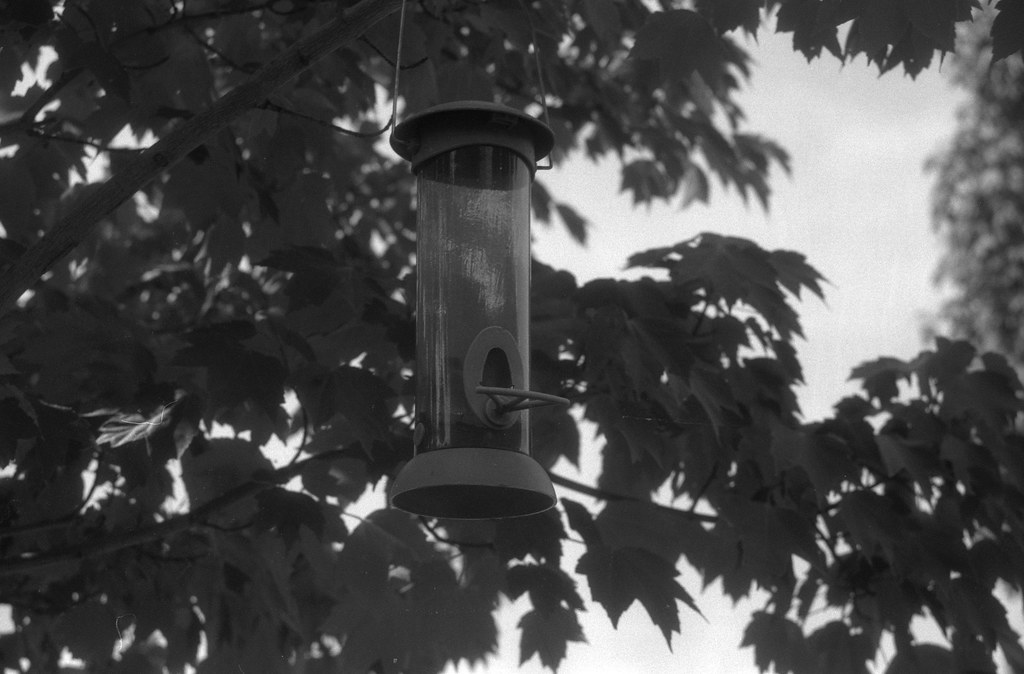

For my second roll, I decided to increase the film speed ever so slightly and went with Kodak Plus-X to see how it responded. I wasn’t as pleased this time around, though the images were there they seemed a little underdeveloped and the grain had increased beyond that which I know from Plus-X. It could be due to age and the harsh nature of a monobath. I think a fresher roll might yield better results, but still, Plus-X would not be my first choice.


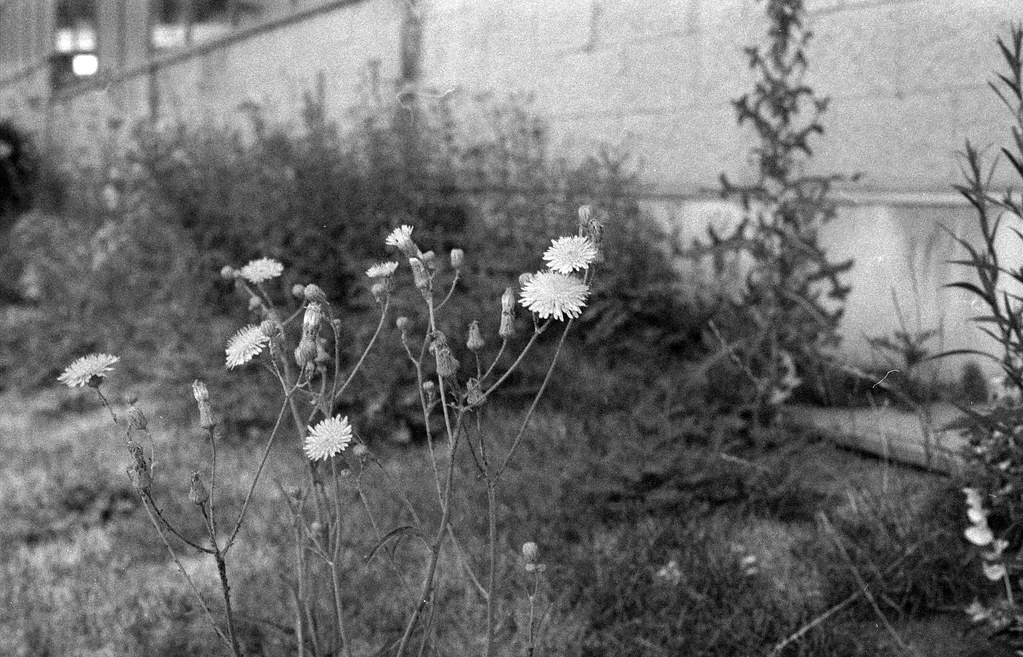
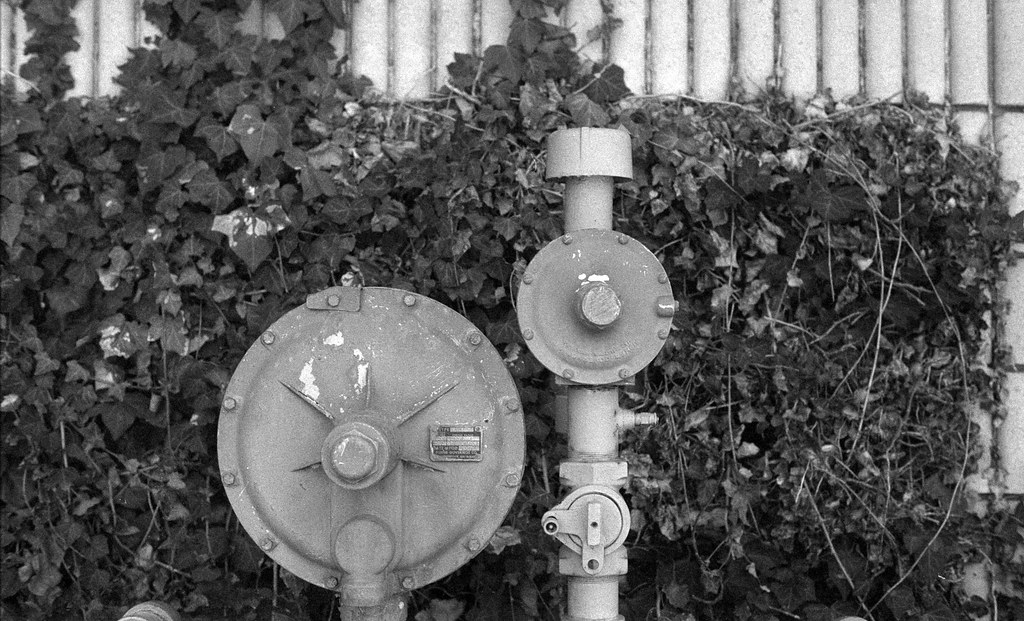
For the final roll, I thought to go something bigger, and that became my undoing. These turned out way underdeveloped. So I can probably peg the issue to one of two things. The first being that Atomic-X does not like the FPP Super Monobath, that I highly doubt as the developer does work well with similar speed films and was tested with Ilford Delta and Traditional films. The second issue is the more likely one, that the developer was toast. I had already pumped through three rolls of 35mm, so expecting it to develop four sheets of 4×5 the chemicals probably were like ‘nope’ and that was that. But that being said, there’s certainly potential here for using the FPP Super Monobath with sheet films, especially Atomic-X. Just make sure to use a fresh bottle.
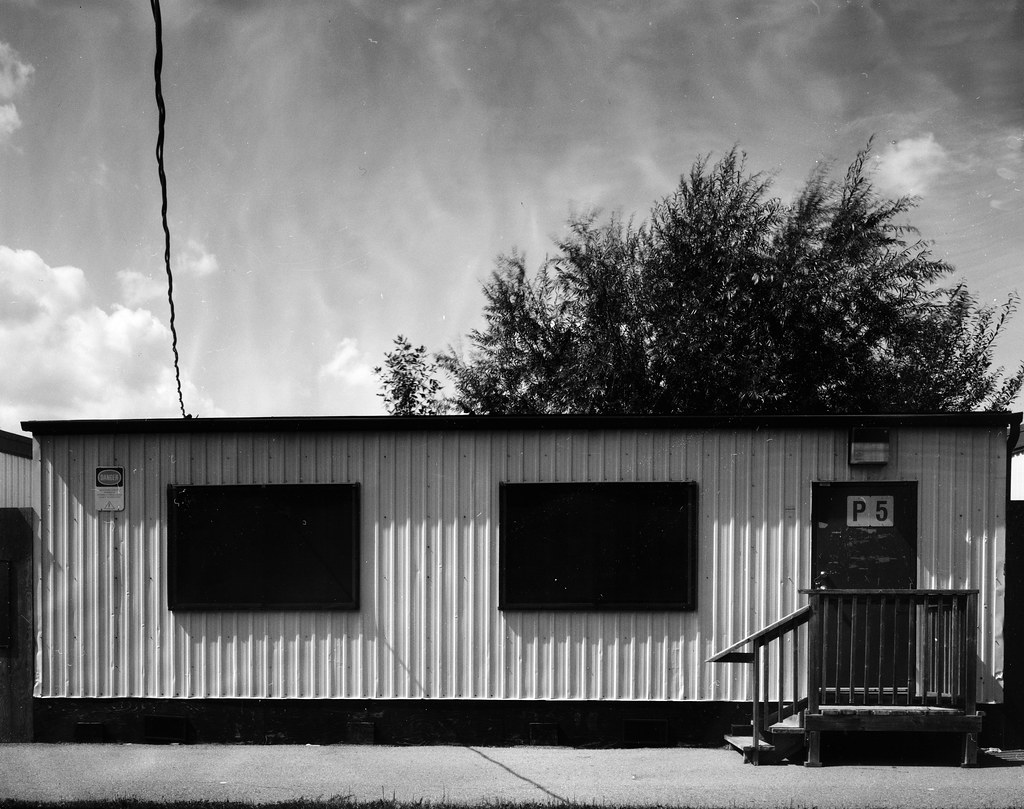
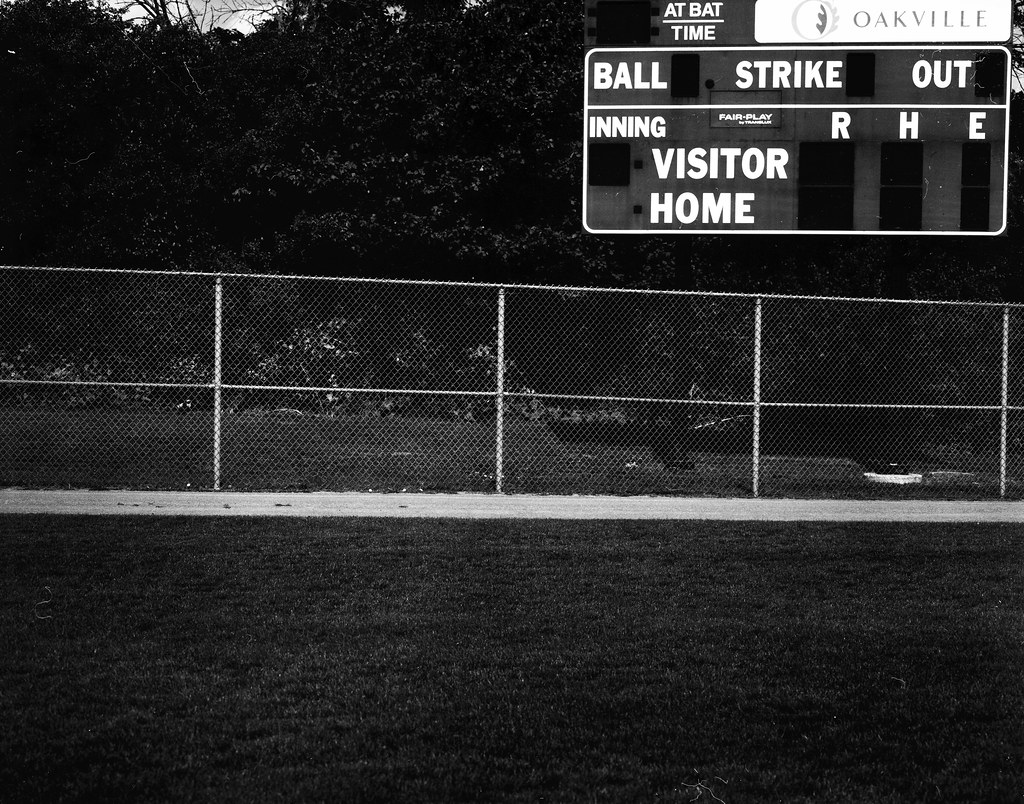
So for me, I feel that the developer is designed primarily for roll films, sticking to 35mm or 120, and probably is good for 4-5 rolls with the 1L bottle. Personally, I would stick to films that are ASA-100, so your Ilford Delta 100, Acros 100, and TMax 100 for the best results. Developing for 5.5 to 6 minutes depending on the results, with an initial agitation of 5-10 seconds, then a couple inversions every minute or so. If you want to try it out, you can pick up a bottle through the FPP Store!